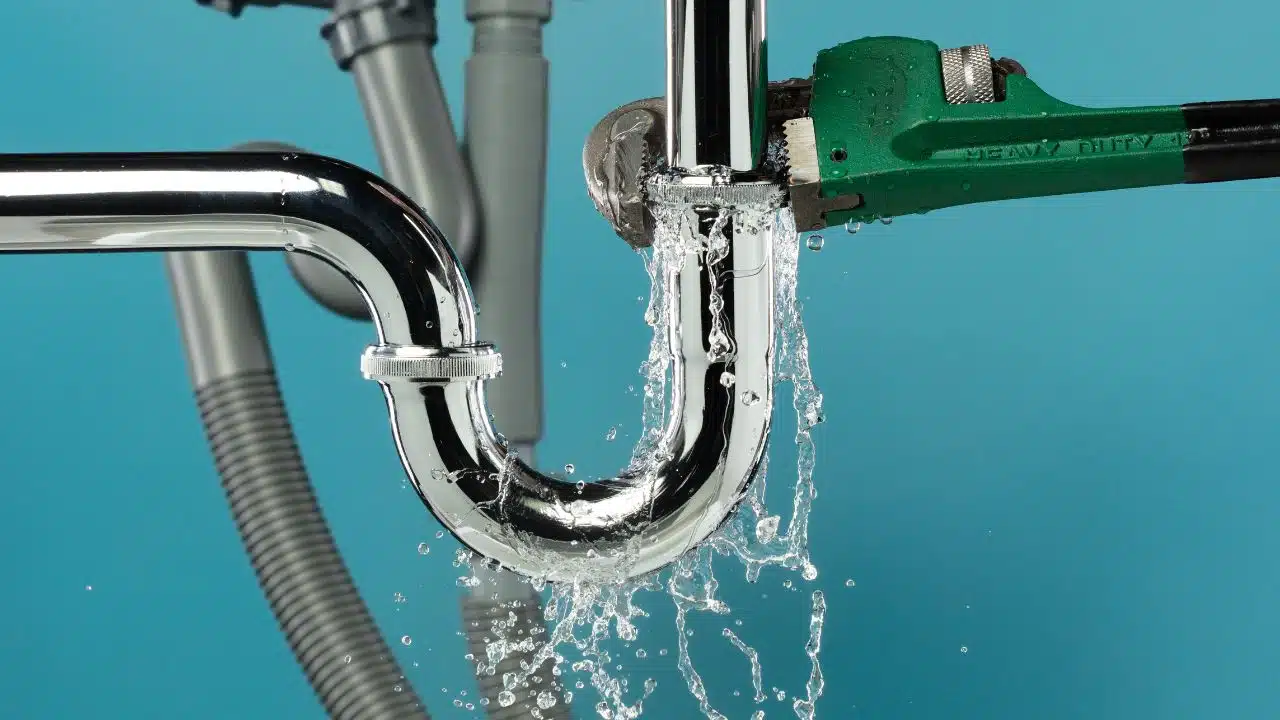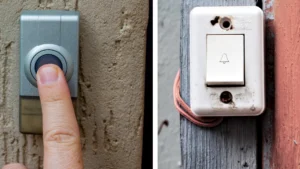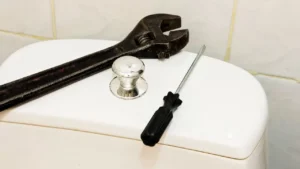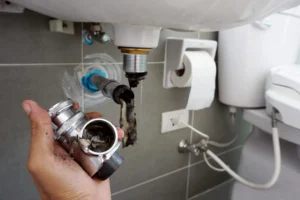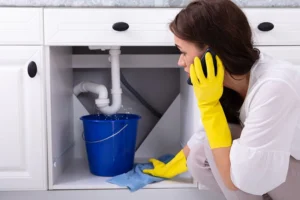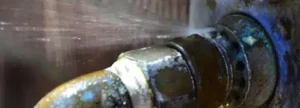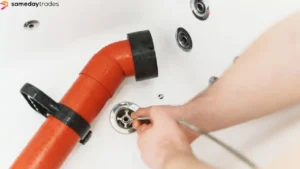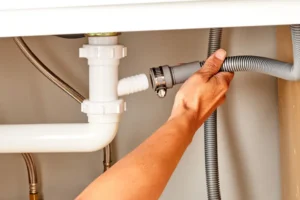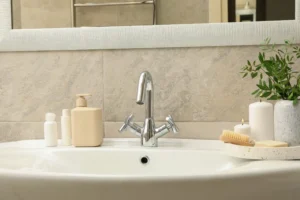Slow drains? That odd gurgling sound coming from your toilet? Or maybe a patch of your front lawn that’s suddenly much greener than the rest? If you’re dealing with any of that, you might be facing a hidden problem that homeowners in cities like Adelaide, Brisbane, and Perth know all too well — tree roots in underground pipes.
It sounds wild, but it’s incredibly common. Trees can grow into your pipes, block them, break them, and leave you with a plumbing headache that’s anything but small. And the worst part? It usually starts quietly, without any obvious sign — until it doesn’t.
In this article, we’ll explain how tree roots get into your plumbing, what signs to watch for, and what you can do to stop it before it turns into an expensive mess.
Why Tree Roots Love Pipes
Tree roots aren’t evil —they’re just doing what they’re meant to do. They’re looking for water and nutrients to feed the tree. Unfortunately, your underground pipes often provide both.
Even the tiniest crack or loose joint in a pipe can release moisture into the surrounding soil. And tree roots have a sixth sense for it. Once they detect water, they start growing towards it. If they find a gap — even one as small as a few millimetres —they’ll start pushing in.
Inside the pipe, there’s a never-ending supply of water, nutrients, and oxygen. That’s heaven for tree roots. And once they’re in, they grow fast.
How Tree Roots Get In—And What They Do
It usually goes like this:
- A pipe — often older clay or concrete — has a small gap, crack, or weak joint.
- Moisture seeps out and attracts nearby tree roots.
- A root tip finds the crack and starts growing inside.
- Once inside, the root grows thicker, branching out like a tiny forest.
- Over time, the mass of roots blocks the flow of water or even breaks the pipe entirely.
This can happen to sewer pipes, stormwater drains, or even greywater systems. And the type of tree doesn’t have to be massive either — even small garden trees can cause big problems if planted in the wrong spot.
Common Signs You’ve Got Tree Root Damage
Most homeowners don’t realise they’ve got tree roots in the pipes until something goes wrong. But there are warning signs. Keep an eye (or ear) out for these:
- Slow-draining sinks, showers, or toilets
- Gurgling noises from pipes or drains
- Bad smells from inside or outside the house
- Unusual wet patches in your yard, often greener or soggier than the rest
- Overflow from external drain covers during or after rain
- Frequent blockages, even after you’ve cleared the drain
If you’ve had your drains cleaned recently but the issue keeps coming back, there’s a good chance it’s not a simple clog — it could be roots.
Why It’s Worse in Adelaide, Brisbane, and Perth
In Adelaide, the soil is reactive and often clay-heavy. That means pipes can shift or crack as the ground expands and contracts with changing moisture levels — which makes it easier for roots to find their way in.
Brisbane has a humid climate, with plenty of rainfall and lush greenery. Trees grow fast, roots spread wide, and older homes in leafy suburbs are especially at risk.
In Perth, older properties often have clay pipes that are more prone to cracks. Combine that with dry summers and water-hungry trees, and the setup is perfect for root intrusion.
No matter the city, one thing is consistent: roots don’t need much space to start causing big trouble.
What Happens If You Ignore It?
Tree root damage doesn’t stay small. If left untreated, here’s what can happen:
- Complete blockages that back up toilets, sinks, and showers
- Burst or collapsed pipes, which can cost thousands to dig up and replace
- Sewage leaks under your property (you don’t want that smell, trust us).
- Water pooling near the foundation, which can cause structural damage
- Repeated plumbing costs as you keep clearing blockages that come back
It’s one of those issues that seems small at first — but grows fast, just like the roots causing it.
How Plumbers Deal with Tree Root Problems
If you’re already seeing signs of trouble, the first step is inspection. A professional plumber will usually start with a CCTV drain camera — a small camera that goes into your pipes to find exactly where the problem is and how bad it’s gotten.
Once they’ve seen what’s going on, they’ll recommend one of the following:
1. Root Cutting/Jet Blasting
This clears the roots out of the pipe using high-pressure water or mechanical cutters. It works well as a short-term fix and gets things flowing again.
2. Pipe Relining
In cases where the pipe is cracked but still mostly intact, a new lining can be inserted inside the old pipe — kind of like giving it a new skin from the inside out.
3. Pipe Replacement
If the damage is too severe, part of the pipe (or the whole thing) may need replacing. In that case, digging is involved — but modern methods can often reduce how much of your yard needs to be disturbed.
4. Root Barriers
If you’ve got trees you love and want to keep, a plumber or landscaper can install root barriers between them and your pipes. These stop roots from getting too close.
How to Prevent Tree Root Issues in the Future
You can’t stop roots from growing — but you can stop them from reaching your pipes. Here’s how:
- Know where your pipes are before planting trees or big shrubs.
- Avoid planting trees within 3 metres of major drains.
- Choose slow-growing or shallow-rooted plants for near-house landscaping.
- Schedule regular drain inspections, especially if your home is older than 30 years.
- Replace old clay or concrete pipes with modern PVC or root-resistant materials.
Also, if you’re buying an older home in any of these cities, it’s worth asking about previous plumbing problems. A quick camera inspection as part of your home inspection can save a lot of headaches.
When to Call a Plumber
If you’re seeing slow drains, hearing strange gurgling sounds, or noticing water pooling outside your house —don’t wait. It might not just be “old pipes.” It could be roots making themselves at home underground.
A licenced plumber can spot the signs, run a quick camera check, and help you figure out the best way to fix it. And in most cases, the sooner you act, the less expensive it is to fix.
Whether you’re in Adelaide, Brisbane, or Perth, plumbers in each city are familiar with local trees, soil types, and the types of pipes most commonly used — so they know what to look for and how to fix it quickly.
Final Thoughts
Tree roots might seem harmless above ground, but below the surface, they can do serious damage to your plumbing system. Pipes don’t have to be ancient for roots to find their way in. All it takes is one small crack — and nature does the rest.
If you live in a leafy suburb, own an older home, or have noticed any early signs of blockage, don’t wait until your yard floods or your bathroom backs up.
A quick inspection today can save you from major repair costs tomorrow. And your plumbing system — just like your trees — will thank you for the attention.
FAQ
Not always. But if a pipe already has a weak spot or crack, nearby roots will find it. Over time, they can do serious damage.
It depends on the policy. Sudden damage might be covered, but gradual damage often isn’t. Best to check with your provider.
Yes. Jet blasting and root cutting can often remove roots without excavation. For cracked pipes, relining is another non-invasive option.
Figs, jacarandas, bottlebrush, and gums are common culprits in Aussie backyards — thanks to their wide, aggressive root systems.
If your home is 30+ years old or has had blockages in the past, every 1–2 years is a good rule of thumb — especially in root-prone areas. Do tree roots always cause pipe damage?
Are root-damaged pipes covered by insurance?
Can roots be cleared without digging?
What types of trees cause the most trouble?
How often should I check my drains for roots?

